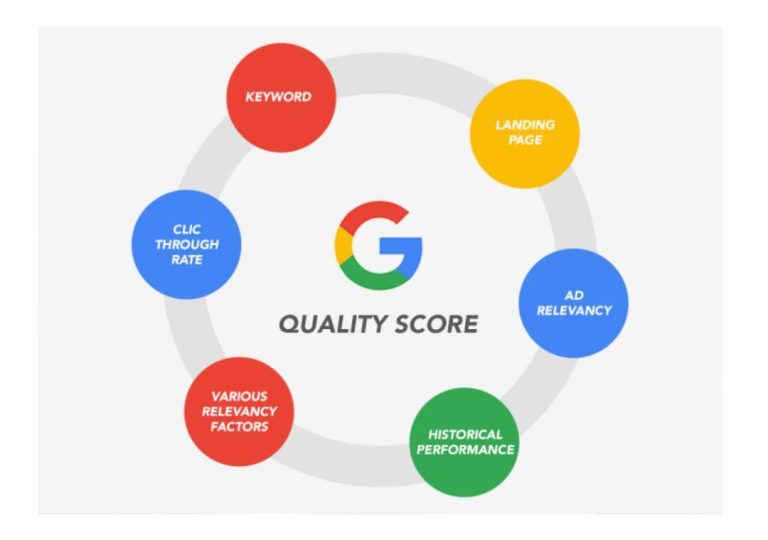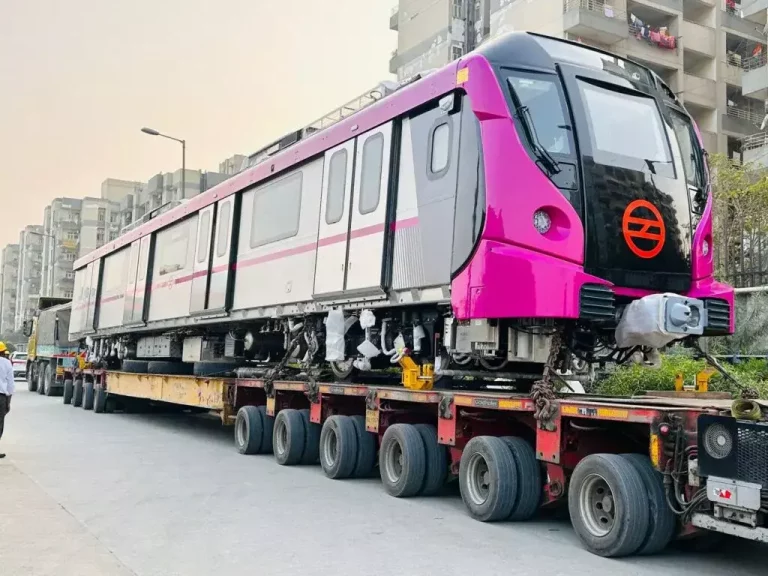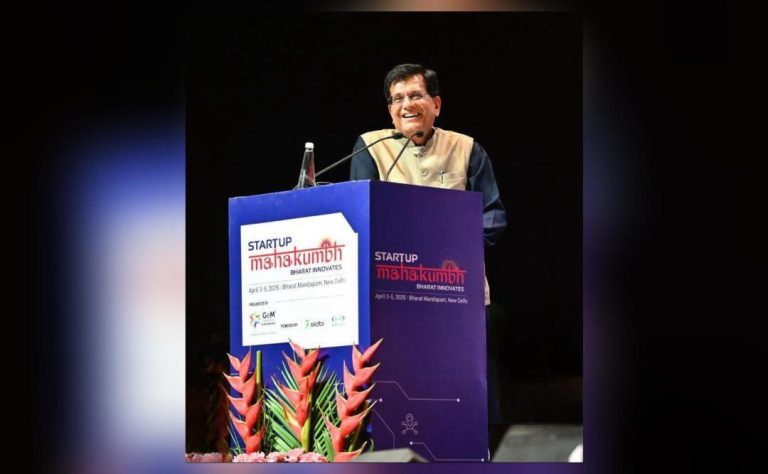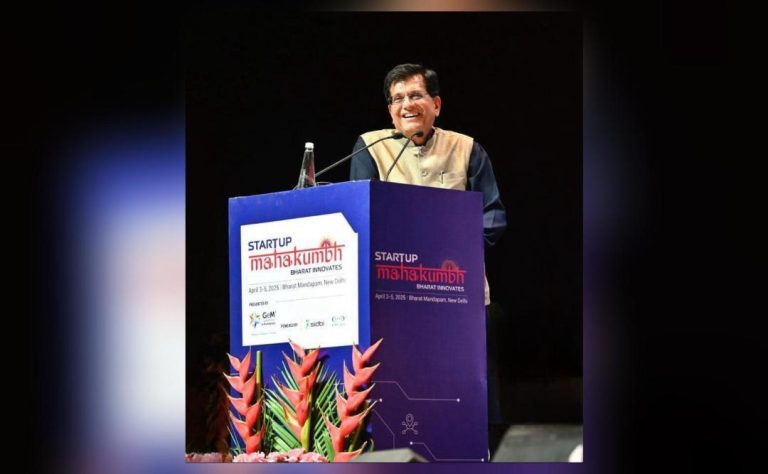
US Researchers Create AI Model for Under ₹4,400 in Half an Hour
In a groundbreaking achievement, researchers from Stanford and the University of Washington have created an AI “reasoning” model for under $50 (approximately ₹4,400) in less than 30 minutes. This remarkable feat has been reported by TechCrunch, and it’s set to send shockwaves through the AI and machine learning communities.
The AI model, named s1, has been designed to excel in competition math questions, and it has been found to exceed OpenAI’s “o1-preview” by up to 27%. The researchers used a technique called distillation, which involves training smaller models by using the outputs from larger ones, to refine s1.
Distillation is a method that has been used before in AI research, but it has typically been used to create smaller models that are more efficient and easier to deploy. However, in this case, the researchers have used distillation to create a model that is not only smaller but also more powerful than previously thought possible.
The significance of this achievement cannot be overstated. For years, AI researchers have been working to create models that can perform complex tasks, such as reasoning and problem-solving, using large amounts of data and computational power. However, this new model has been created using a relatively small amount of data and computational power, making it a game-changer in the field.
So, how did the researchers achieve this remarkable feat? According to TechCrunch, the researchers used a combination of techniques, including distillation, to create the s1 model. They started by training a larger model using a large dataset of competition math questions. This model was then used to train a smaller model, which was designed to perform the same tasks as the larger model.
The researchers used a technique called knowledge distillation to refine the smaller model. This involves training the smaller model to mimic the outputs of the larger model, rather than simply copying its architecture. This approach allows the smaller model to learn from the larger model’s mistakes and improve its performance over time.
The results of the experiment were impressive. The s1 model was able to solve competition math questions with an accuracy of up to 27% higher than OpenAI’s “o1-preview” model. This is a significant achievement, given that OpenAI’s model is one of the most advanced AI models in the world.
But what does this mean for the future of AI? The creation of the s1 model has significant implications for the development of AI technology. It suggests that it may be possible to create powerful AI models using relatively small amounts of data and computational power, rather than requiring large amounts of data and computational resources.
This could have significant implications for industries such as healthcare, finance, and education, where AI models are being used to perform complex tasks such as diagnosis, prediction, and decision-making. If it becomes possible to create powerful AI models using relatively small amounts of data and computational power, it could lead to significant advances in these fields and improve the efficiency and accuracy of AI systems.
In conclusion, the creation of the s1 model is a significant achievement in the field of AI research. It suggests that it may be possible to create powerful AI models using relatively small amounts of data and computational power, rather than requiring large amounts of data and computational resources. This could have significant implications for industries such as healthcare, finance, and education, and could lead to significant advances in these fields.




